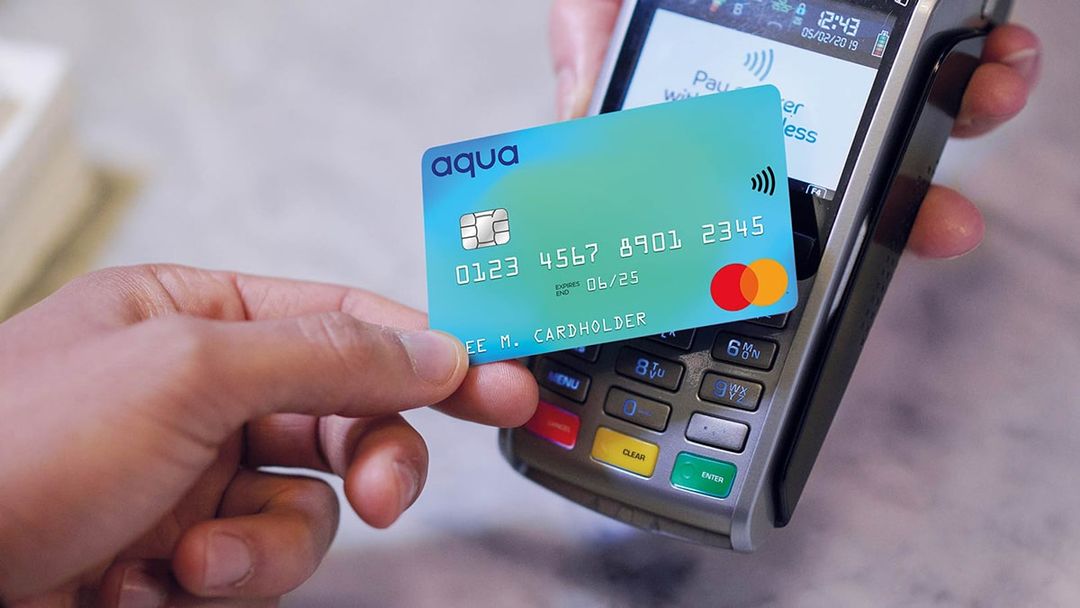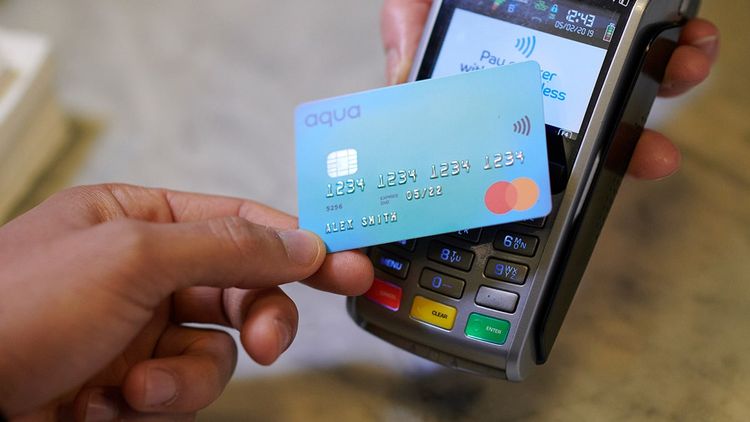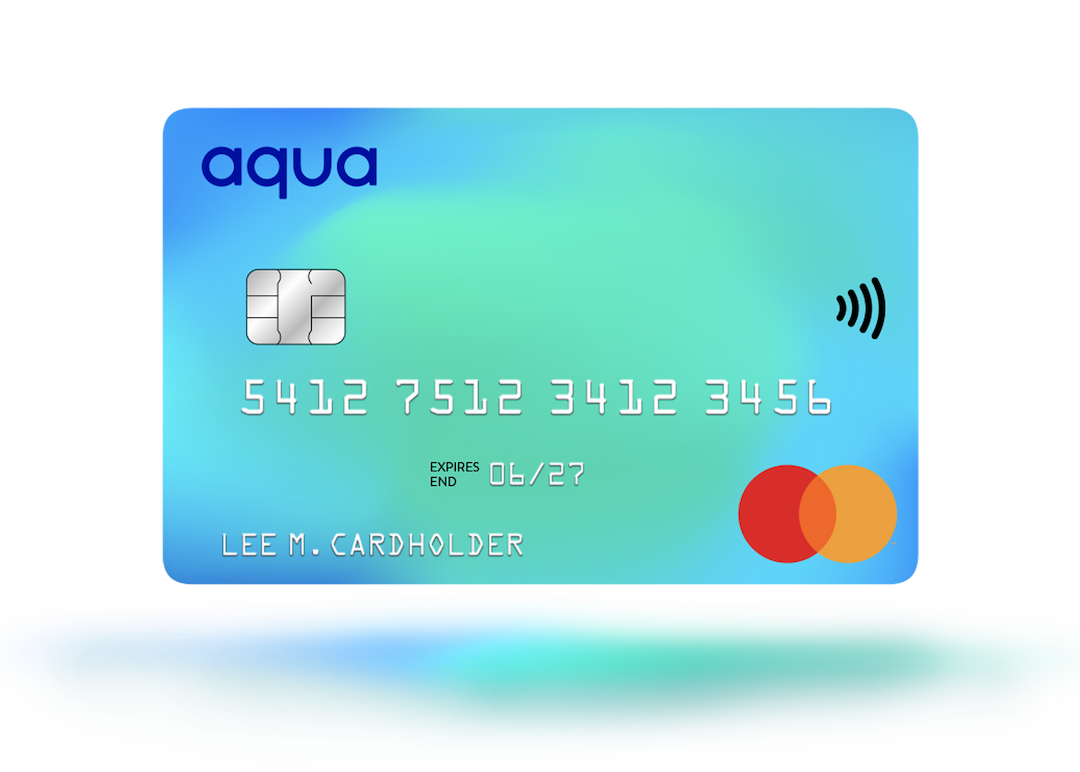Understanding types of credit cards
Find out more about the common types of credit cards and which is right for you.

There are many different types of credit card available, ranging from credit rebuilder cards – designed to grow your credit score – to reward, travel and balance transfer credit cards. Each type of card is designed to serve different needs so we’ve created this handy guide to help you understand the difference between them and help you decide which one is right for you.
Credit cards to build credit
Often referred to as a 'credit builder credit card' or 'rebuilder credit card', this type of credit card is designed to help those who need to build or improve their credit score. A few reasons why you may want to consider a credit rebuilder card:
1) You have a poor credit score and want to improve it.
2) You haven't yet built a strong enough credit record and lenders don’t have a lot to judge your credit behaviour on. This usually applies to first-time credit card holders, if you have just turned 18 or are new to the UK.
How does a credit rebuilder card work?
Rebuilder cards usually have lower starting credit limits and a higher APR than most other types of credit card. This is because many of the customers who apply for such cards have a poor credit history (or no credit history at all), which means they present a greater risk for credit card providers.
By meeting your repayments on time and staying within your credit limit, you will start to build up your credit history and may improve your credit score. This gives other lenders more information to base their lending decisions on and increases the likelihood that you’ll be eligible for lower interest rates on credit products (e.g. loans or mortgages) in the future.
Credit building cards can really help you on the road to a healthy credit score. If you think that this might be the right type of card for you, find out more about the Aqua Classic – a card designed to help you start the journey towards better credit.
34.9% APR Representative (variable) for Aqua Classic
Reward credit cards
These cards offer you the chance to earn cashback or other rewards from the money you spend by giving you a percentage back.
If used responsibly, a reward credit card offers regular benefits depending on how often you use the card, providing you use it responsibly by making at least the minimum payment on time and staying within your credit limit.
Reward credit cards can be useful if:
1) You regularly pay your balance in full every month. Depending on your interest rate, carrying your balance forward from one month to the next could cost you more than the value of the rewards you earn.
2) You have a good credit score. While not true of all reward credit cards, you may find it more difficult to qualify for a reward credit card if your credit score needs improving.
What is a cashback credit card?
The type of reward you get depends on the type of reward credit card you select. Some will reward you more for spending on certain types of purchases like travel or shopping, whereas others will simply give you a fixed percentage of cashback on whatever you purchase.
Cards that let you earn cashback are by far the most common type of reward card, and these cards are often referred to as 'cashback credit cards'.
Travel credit cards
This is one of the easiest types of credit card to understand – the clue is in the name. Essentially these cards are designed to make it cheaper for you to spend money overseas, while some may even offer rewards for travelling.
It’s important to say that these aren’t currency cards that you load with money before you travel, and providers should make this clear at the outset.
While some credit cards will charge you a fee for making purchases abroad, travel credit cards usually won’t charge such a fee and may offer better exchange rates than other types of card. Take note of the interest rate, as it may be higher than other types of card. As long as you pay your balance in full and on time each month, it can be a good option for holidays.
While this type of credit card can still be useful, many other types of credit card also enable you to avoid fees on purchases abroad and offer good exchange rates. Be sure to shop around before making a decision on a credit card for your travels.
Reducing interest rate credit cards
These are very similar to the rebuilder credit cards we covered earlier, with the bonus of reducing your interest rate over time. With a reducing interest rate card, your initial interest rates drop at specified intervals as long as you make payments on time and stay within your credit limit.
For example, if your initial interest rate for purchases was 35% and reduced by 5% at the end of each year, it would be 30% at the end of year one, 25% at the end of year two and 20% at the end of year three.
The Aqua Advance credit card is an example of this type of card, with annual drops in the standard interest rates over three years. Compare our Aqua credit cards to see if one is right for you.
34.9% APR Representative (variable) for Aqua Advance
Balance transfer credit cards
Balance transfer credit cards allow you to transfer debt from one card to another card.
Balance transfer cards often offer an initial interest rate of 0% on balance transfers completed during a set period (sometimes up to 40 months) from when the account was opened. These offers are great if you are looking to reduce the amount of money you are spending on interest by moving existing debts from one or multiple more credit cards to a 0% balance transfer credit card. If you use the card to make purchases, you may still incur interest on those purchases. Be sure to check the terms of the card to which you are making a balance transfer.
Something else to consider with a balance transfer card is the fee you may pay to the provider when you make a balance transfer. This is usually around 2-3% of the balance you transfer but it can be higher.
If you're looking to consolidate debts, it’s important to do all the calculations first to make sure you won't end up paying more by taking out a balance transfer credit card. It’s also worth looking at offers from your existing card provider, who will often provide balance transfer offers to existing customers even if the card isn’t technically a balance transfer card.
Want to know more about balance transfers? Take a look at our full guide.
Purchase credit cards
These are sometimes referred to as "interest-free" purchase credit cards and are often used to spread the cost of big purchases such as a holiday, wedding, or a new car.
In truth, they're not really interest-free but usually come with an introductory rate that means you don't pay interest for a set period, which varies depending on the lender.
Remember, you need to stay within your credit limit and continue making the minimum monthly payments on time. Failure to do this usually results in the promotional interest rate being withdrawn early.
What does 0% on purchases mean?
The "0%" often referred to on these types of credit cards means you won’t be charged any interest on any purchase you make during the specified time period.
Failure to make payments on time or to stay within your credit limit means that you will pay additional charges and may make obtaining credit in the future more expensive and difficult.
You might also like
Slide 1 of 3
Types of credit
Find out about some of the most common forms of credit and work out which is right for you.

What is a credit limit?
Find out how credit limits are set, how to increase or decrease yours, and whether you should.

Credit card vs debit card - what's the differ...
Understand the key differences of credit vs debit and learn which is best suited for your needs.
The smart way to build better credit
Aqua is the credit card that gives you the power to improve your credit score
